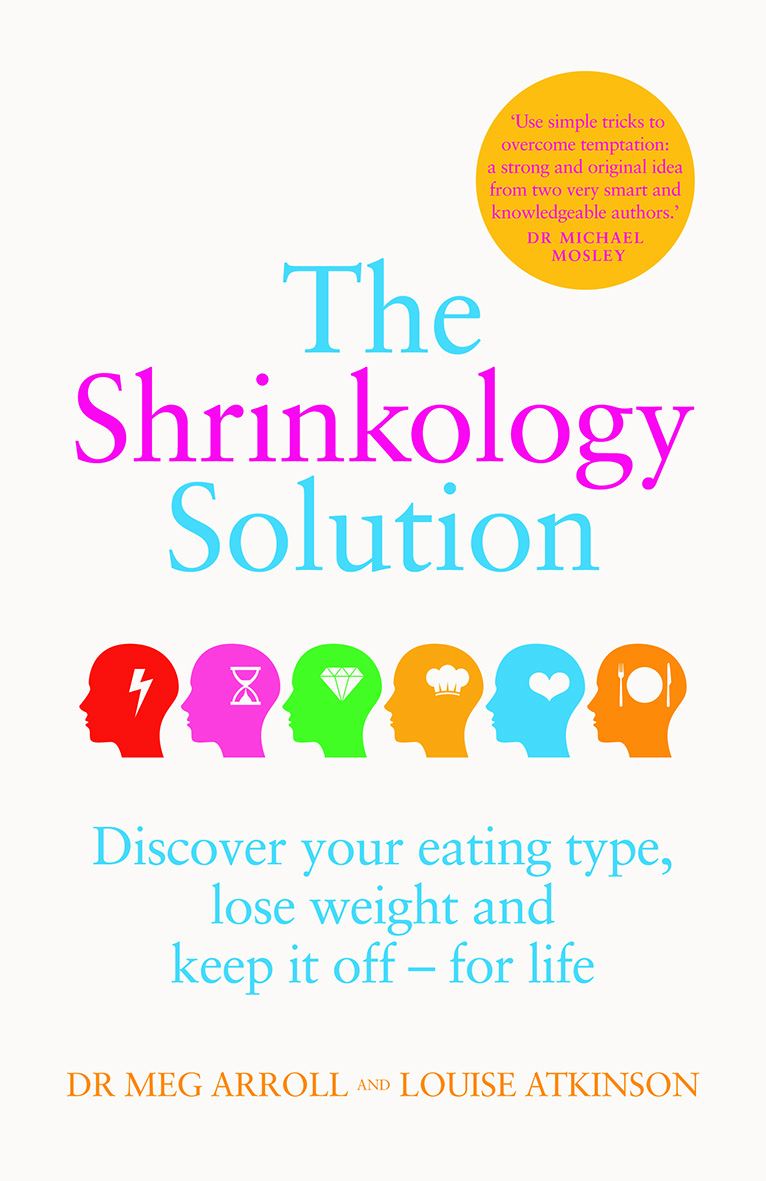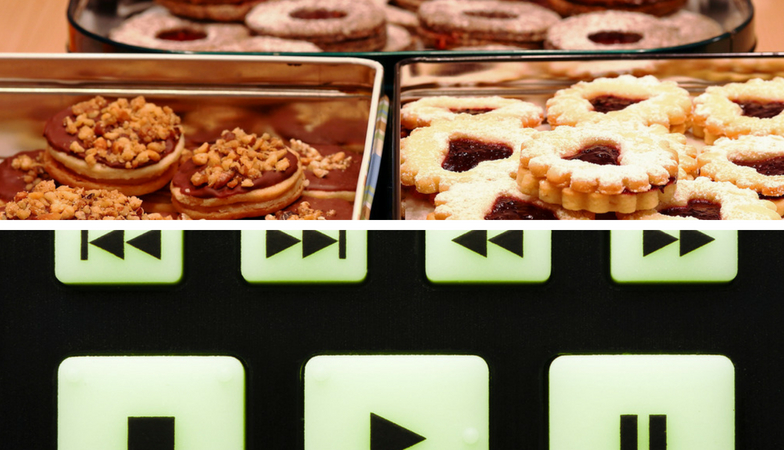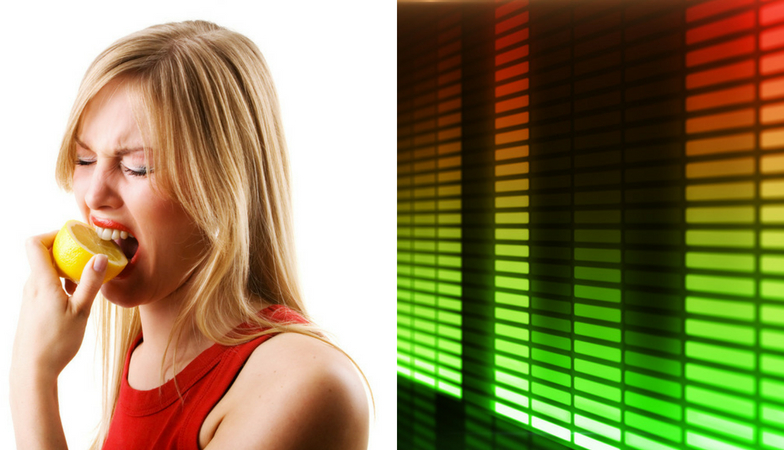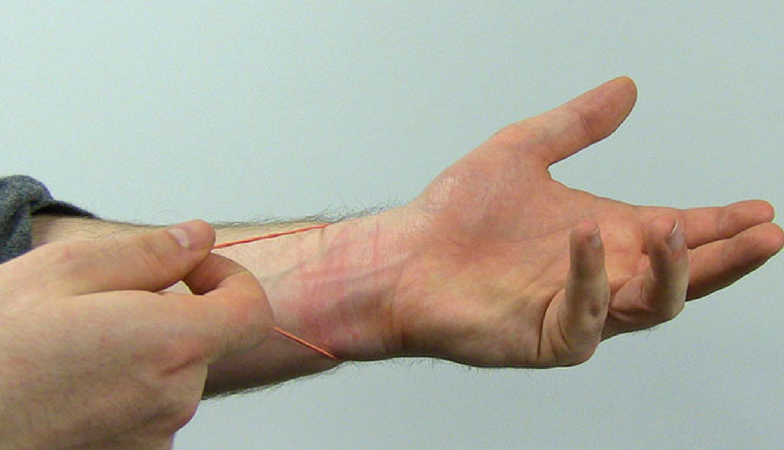Want to lose weight without going on a diet? Change your thinking with advice from psychologist Dr Meg Arroll and Louise Atkinson, co-authors of new book The Shrinkology Solution
1. When you want to go back to the buffet: STAND TALL
You need to channel your inner Super Hero to imbue strength, force and composure. It’s simple. Just stand with legs shoulder width apart, feet flat on the ground, keep your head up, looking straight forward, place your hands on your hips and breathe deeply.
‘Body language can have a hugely influential force on behaviour,’ says Dr Meg Arroll, ‘studies show that holding a power pose like this for just two minutes is enough to increase levels of testosterone (the dominance hormone), reduce cortisol (the stress hormone) and boost your feelings of power and control’.
2. When you need chocolate: GRAB SOMEONE TO HUG
Sometimes a physical craving for puddings or chocolate is driven by low levels of the feel-good brain chemicals dopamine and serotonin. Yes, chocolate can give you a mood boost, but studies show a few minutes spent kissing, cuddling or (if t is safe and appropriate to do so) having sex can trigger extremely beneficial chemical cascades in the brain including the neurotransmitter, oxytocin (known as the love hormone) which makes you feel warm, fuzzy and connected inside.
If you’re on your own grab a steamy novel (try a Mills & Boon series or 50 Shades of Grey) and have a quick read – this can boost the brain’s pleasure centres.
3. If the biscuit tin beckons: HIT YOUR REMOTE CONTROL
Cognitive behavioural therapy (or CBT) is often used by psychologists to teach people how to change unhelpful patterns of behaviour by effectively changing the way they think. It is an effective way to boost the ‘low frustration tolerance’ which can happen when difficult or unpleasant situations lead to comfort eating. Try this simple hack:
1) Press your PAUSE button to put your body into freeze-frame. Now imagine yourself giving in to the craving, lifting the lid on the biscuit tin, pulling out a biscuit and eating it. Be honest about how the scene normally plays out. Yes, you’ll get a brief burst of gratification, but what else?
2) Next, breathe deeply for a few moments and FAST-FORWARD to how you are likely to feel five or ten minutes after eating the biscuit(s). Are you disappointed with yourself? The guilt, shame and self-recrimination that normally accompany eating behaviour can feel quite strong now. Don’t push these feelings away as they will help you…
3) Now that you have seen the future, press REWIND on your remote control and bring yourself back to the present, but this time watch a scene unfold again where you DON’T eat a biscuit.
How do you feel now? Strong, in control and fabulous?
4) Finally, with this increased confidence and empowerment, press PLAY on your remote control and make a choice about what you want to do. You really do have the ability to change the future.
4. When you want to binge: GIVE YOURSELF A MINI SHOCK
‘A quick, sense-jolting distraction can be enough to nudge you out of destructive thought patterns (‘what’s the point of this diet?’) and get yourself grounded before things cascade out of control,’ says Dr Meg. Try:
- Biting into a wedge of lemon.
- Ramping the volume on your radio.
- Pulling open the freezer and grabbing a handful of ice.
- Picking up a book or magazine and quickly read a paragraph backwards out loud (talking the words requires greater use of cognitive capacity and more effective distraction).
- Chant song lyrics out loud. Your brain has to switch off to focus on the next line of the song instead.
5. When you’re craving crappy food: STRIKE A POSE
The mind and body are one integrated system, so focusing on a physical challenge is a great way to push thoughts of eating aside. Non-yogis should try balancing on one leg (close your eyes briefly to make it harder), but more advanced practitioners will be able to stop a craving in its tracks with a quick headstand.
6. When you want dessert: TAP YOUR FOREHEAD
There’s a well-established psychological practice called ‘Emotional Freedom Technique’(EFT) which has been proven to really help curb even the strongest cravings. It might sound kooky, but the idea is that tapping specific acupressure points helps to ‘unblock’ energy obstructions and when paired with a targeted bit of positive self-talk it can help boost your ability to cope with strong desires for certain foods.
- Find the ‘karate chop’ point on the outer edge of one hand. Using the index and middle fingers of your other hand
tap this area five times while breathing deeply and silently repeating ‘I am able to cope with these cravings and nudge them from my consciousness’.
- Repeat the process on the inner edge of the eyebrow, the outer side of the eye, under the eye on the bone of the eye socket, under the nose where it dips, on the dip of your chin, on your collarbone, slightly in from the sternum, under the arm, about 10cm down from the armpit
- End the exercise by tapping the inside of both wrists together and tapping the top of your head with a the flat of your palm.
7. When you want a tub of ice cream: DO EMERGENCY HYGGE
Hygge loosely means a ‘sense of cosiness and comfort’ and it is known to engender deep feelings of contentedness. So plan in advance to create your own personal Hygge supply by gathering together items such as:
- thick cosy bed socks;
- a super-soft blanket;
- a delicious selection of exotic herbal teas;
- earthy scented candles and tea lights;
- beautiful natural objects like pinecones, twigs and colourful leaves that help you connect with nature.
Keep this box ready and whenever you fear you are about to be overwhelmed by cravings, take out its contents and immerse yourself in non-food Scandi comfort.
8. When you feel sad and want cake: MASSAGE YOUR FACE
One reason we turn to sweet treats when we’re blue is because some (usually unhealthy) food can have a drug-like impact on the reward systems of the brain. That’s because the brain is hard-wired for survival, so any behaviour that increases our chances of survival is likely to trigger a reward or pleasure system, instigating the release of a brain chemical called dopamine. But research has shown that hands-on treatments can have just as effective biochemical effects on our bodies. Massage has been shown to increase levels of serotonin (the ‘happy’ hormone) by as much as 28% and reduce cortisol (the ‘stress’ hormone) by as much as 31%. So when you face a strong craving for cake and you suspect you are chasing a feel-good fix, try giving yourself a quick face massage instead. It is a completely calorie-free exercise with longer lasting impact than the 3-minute boost you might get from a donut:
* warm a little massage oil or face cream in your hands
* with your chin up, sweep the hands up and down the sides of the face
* place your fingers in the centre of your forehead and draw the fingertips repeatedly to the sides of the face, smoothing the brows
* starting at the end of each eyebrow, make small circular motions around the eye sockets with index and middle fingers
* take the fingers in circular movements below the cheekbones and out to each ear
9: When you think you’re hungry (but you’re not sure): TRY THE BROCCOLI TEST
When you are about to reach out for a slice of cake imagine that cake is a plate of broccoli. Raw. Do you still want to eat it? If yes, you really could be hungry. If so, eat broccoli – not cake.
10. When you’re still picking: PING AN ELASTIC BAND
Wear an elastic hair band around your wrist and when the urge to pick hits, ping that band. Studies (which admittedly administered mild electric shocks instead) show that a sharp sensation is enough to send a mild ‘pain’ message to your brain which makes a tenuous link between your actions and pain. ‘Repeat the process often enough and you really will form a neural pathway which puts a negative association (the sharp pain of the elastic band) in your brain alongside the urge, so subconsciously you start to associate the habit with the unpleasant sensation,’ says Dr Meg.

LOUISE ATKINSON is a freelance journalist/writer/editor with a strong specialism in diet, nutrition, exercise and health. She has spent the last thirty years writing for national newspapers and glossy magazines and, as the Daily Mail’s ‘go to’ diet expert, has an encyclopaedic knowledge of all diet plans – good and bad
For more information, see shrinkology.co.uk and read the new book The Shrinkology Solution by Dr Meg Arroll and Louise Atkinson, published by Quadrille, £7.35 on Amazon.
More Healthista content
7 surprising reasons you can’t lose weight
7 ways to GIVE UP dieting and finally lose weight
Anti-ageing face yoga to help lift the cheeks and jaw in 60 seconds
Brain training: 7 surprising hacks to boost your mind
Is ‘unitasking’ the key to success at work? This mindfulness expert says yes
.
Like this article? Sign up to our newsletter to get more articles like this delivered straight to your inbox.





























































